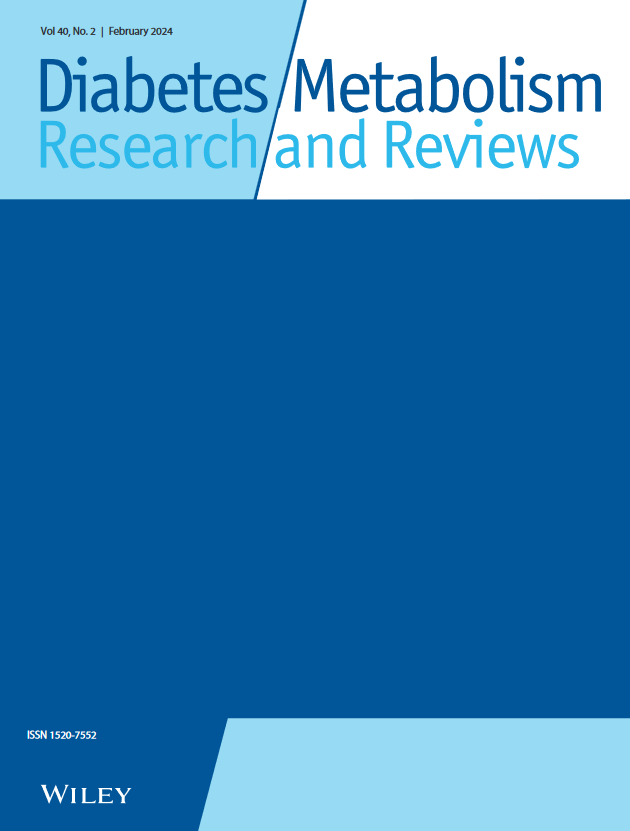Comparison of Benefits and Risks of Metabolic Surgery for Long-Term (5 Years) Weight Loss and Diabetes Remission in Overweight/Obese Patients With Type 2 Diabetes: A Systematic Review and Network Meta-Analysis of Randomized Trials
Abstract
Background
While there have been studies comparing the efficiency of several metabolic operations in overweight or obese individuals with type 2 diabetes mellitus (T2DM), there is currently no comprehensive evidence about the complete remission of diabetes and its long-term safety.
Methods
This comprehensive review and network meta-analysis encompassed searches of many databases including PubMed, Web of Science, Embase, the Cochrane Central Register of Controlled Trials (CENTRAL), Scopus, ClinicalTrials.gov, and Google Scholar. The search was conducted from the beginning of these databases’ existence until 1 May 2024. The study selected randomized controlled trials (RCTs) with a 5-year follow-up period to compare the clinical benefits and evaluate the occurrence of side events. The network meta-analysis employed a random-effects model. The registration number for PROSPERO is CRD42023412536.
Results
There was a total of 16 RCTs that included 1059 patients. A total of 897 patients, representing 84.7% of the entire sample, successfully completed the 5-year follow-up. Seven metabolic procedures were conducted. All ensuing estimates are to the comparison with a non-surgical treatment (NST). The evidence strongly supports that One-anastomosis gastric bypass (OAGB) is the most effective surgical procedure for achieving long-term complete remission of diabetes (relative risk [RR] 10.28, 95% CI 1.87 to 56.40). Additionally, Biliopancreatic diversion (BPD) is the most effective procedure for achieving long-term partial remission of diabetes (RR 16.74, 95% CI 4.66 to 60.12). The study found that BPD was the most successful method for long-term weight loss, with a mean difference of −11.68 in BMI decrease (95% CI −15.06 to −8.31) and a mean difference of −32.01 in weight change (95% CI −43.27 to −20.74). The evidence supporting this conclusion is of moderate quality. Regarding the occurrence of adverse events and complications related to surgery, gastrointestinal, macrovascular, and microvascular issues are not as frequent in BPD compared with NST (relative risk 0.29, 95% confidence interval 0.06 to 1.37). On the other hand, OAGB may have a higher occurrence of these difficulties, second only to BPD (relative risk 0.08, 95% confidence interval 0.2 to 3.29). Based on the findings on effectiveness and safety, it has been determined that OAGB (One Anastomosis Gastric Bypass) is more effective in obtaining long-term complete remission of diabetes and in assuring overall safety in diabetes management. However, BPD is superior to OAGB in terms of partial remission, weight loss and safety in diabetes management, ranking second in these aspects.
Conclusions
Both BPD and OAGB have been demonstrated superior efficacy in achieving long-term weight loss and diabetes remission in overweight/obese individuals with T2DM. OAGB is particularly advantageous for achieving long-term complete remission of diabetes mellitus and boasts a higher level of safety overall. The study found that BPD was the most efficacious treatment for achieving partial remission and weight loss in patients with long-term diabetes, while also having the lowest number of reported side events.

 求助内容:
求助内容: 应助结果提醒方式:
应助结果提醒方式:


